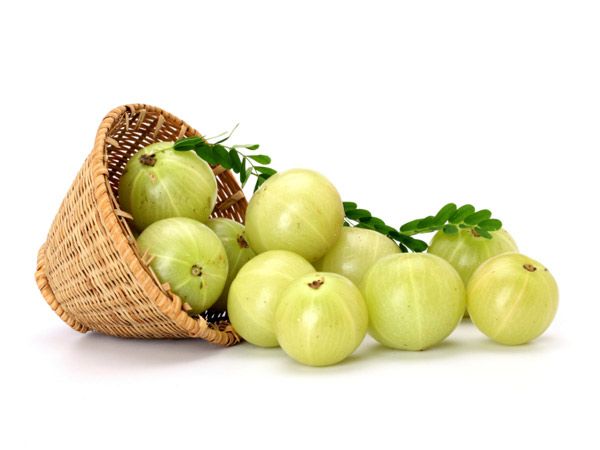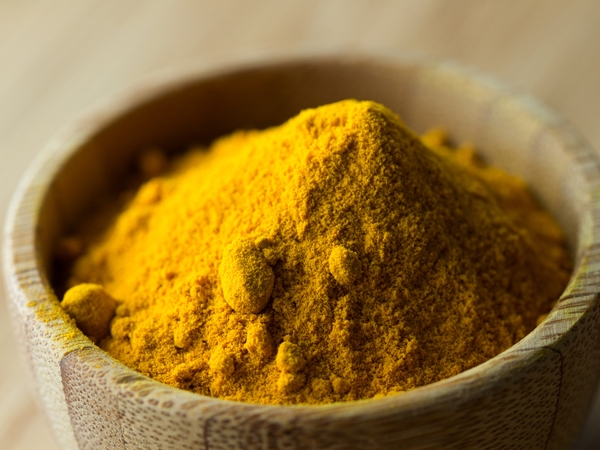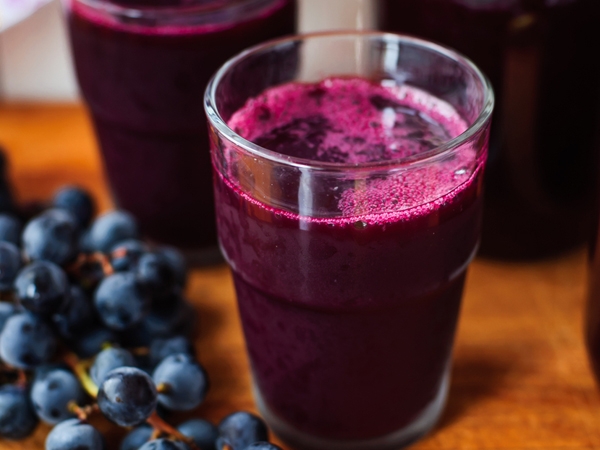P.J.
0
Start Eating These 5 Natural Anti-Cancer Foods And Ditch Your Antioxidant Supplements
Start Eating These 5 Natural Anti-Cancer Foods And Ditch Your Antioxidant Supplements
October 20, 2015
Antioxidant supplements are known for their cancer fighting properties, but in a recent study, researchers found strong evidence to suggest that these unique molecules may actually promote the spread of certain cancer cells, “a finding that could change the way doctors advise cancer patients to eat”, Medical Daily reported.A team of researchers from the Children’s Research Institute at UT Southwestern gave antioxidants to mice that had been transplanted with melanoma cells from cancer patients. The team observed that cancer spread faster in mice that were administered antioxidants than it did in mice that were not.
The most crucial antioxidants are Vitamin A, C, E, trace minerals like zinc, selenium, chromium, copper and manganese.
#1 Amla
 via shutterstockThe authors of a recent study in the Journal of Food Science, published by the Institute of Food Technologists (IFT), discovered that gooseberry skin and pulp contained higher antioxidant activity than other berries such as blueberries and cranberries.Gooseberries contains high levels of phytochemicals, which have been reported in several studies to prevent oxidative stress that can cause cancer and heart disease. Gooseberry skin could potentially be a source of natural colorants and antioxidants for use in food manufacturing.
via shutterstockThe authors of a recent study in the Journal of Food Science, published by the Institute of Food Technologists (IFT), discovered that gooseberry skin and pulp contained higher antioxidant activity than other berries such as blueberries and cranberries.Gooseberries contains high levels of phytochemicals, which have been reported in several studies to prevent oxidative stress that can cause cancer and heart disease. Gooseberry skin could potentially be a source of natural colorants and antioxidants for use in food manufacturing.
#2 Cinnamon
 via ShutterstockStudies suggest that cinnamon may help with increasing insulin sensitivity, lowering cholesterol levels, reducing inflammation and slowing down cancerous tumour growth. Cinnamon boosts immunity, aids weight loss and contains a ton of vitamins, minerals and antioxidants
via ShutterstockStudies suggest that cinnamon may help with increasing insulin sensitivity, lowering cholesterol levels, reducing inflammation and slowing down cancerous tumour growth. Cinnamon boosts immunity, aids weight loss and contains a ton of vitamins, minerals and antioxidants
.#3 Chillies
 via shutterstockCapsaicin, the primary component in chilli peppers, stifles the growth of prostate cancer cells. It could also prevent the shrinking of cancerous tumours.
via shutterstockCapsaicin, the primary component in chilli peppers, stifles the growth of prostate cancer cells. It could also prevent the shrinking of cancerous tumours.
#4 Haldi
 via ShutterstockIt has powerful antioxidant and anti-inflammatory properties that make it a highly effective medicinal spice. It destroys the blood vessels that feed cancerous tumours, cutting off the blood supply to cancerous cells
via ShutterstockIt has powerful antioxidant and anti-inflammatory properties that make it a highly effective medicinal spice. It destroys the blood vessels that feed cancerous tumours, cutting off the blood supply to cancerous cells
#5 Ginger
 via ShutterstockGinger is a powerful antioxidant spice that helps with the treatment of everything from cold to Alzheimer’s disease. Research also suggests that ginger has cancer-preventive potential.
via ShutterstockGinger is a powerful antioxidant spice that helps with the treatment of everything from cold to Alzheimer’s disease. Research also suggests that ginger has cancer-preventive potential.
Healthy Antioxidant Juice Recipe
 via Shutterstock
via Shutterstock
Preparation Time: 10 minutesMakes 4 glassesIngredients
• 4 medium sized apples, roughly chopped
• 2 cups of black grapes
• 1 cup fresh strawberries
• 1/2 cup chopped beetroot
• 1 cup crushed iceMethod
• Combine all the ingredients together and blend in a mixer till smooth.
• Strain the juice using a strainer and pour into four individual glasses.
• Serve immediately.
Handy tips
• Use fresh and ripe strawberries to avoid the use of sugar in this juice.
• When kiwis are in season, replace the strawberries with a cup of chopped kiwis and enjoy an equally great Vitamin C-rich drink.*Image courtesy: ©Thinkstock/Getty Images
*Recipe courtesy: Antioxidant Boost, tarladalal.com
Reference: Wiley Online Library
http://www.indiatimes.com/health/he...our-antioxidant-supplements-today-246317.html
Start Eating These 5 Natural Anti-Cancer Foods And Ditch Your Antioxidant Supplements
October 20, 2015
Antioxidant supplements are known for their cancer fighting properties, but in a recent study, researchers found strong evidence to suggest that these unique molecules may actually promote the spread of certain cancer cells, “a finding that could change the way doctors advise cancer patients to eat”, Medical Daily reported.A team of researchers from the Children’s Research Institute at UT Southwestern gave antioxidants to mice that had been transplanted with melanoma cells from cancer patients. The team observed that cancer spread faster in mice that were administered antioxidants than it did in mice that were not.
The most crucial antioxidants are Vitamin A, C, E, trace minerals like zinc, selenium, chromium, copper and manganese.
#1 Amla

#2 Cinnamon

.#3 Chillies

#4 Haldi

#5 Ginger

Healthy Antioxidant Juice Recipe

Preparation Time: 10 minutesMakes 4 glassesIngredients
• 4 medium sized apples, roughly chopped
• 2 cups of black grapes
• 1 cup fresh strawberries
• 1/2 cup chopped beetroot
• 1 cup crushed iceMethod
• Combine all the ingredients together and blend in a mixer till smooth.
• Strain the juice using a strainer and pour into four individual glasses.
• Serve immediately.
Handy tips
• Use fresh and ripe strawberries to avoid the use of sugar in this juice.
• When kiwis are in season, replace the strawberries with a cup of chopped kiwis and enjoy an equally great Vitamin C-rich drink.*Image courtesy: ©Thinkstock/Getty Images
*Recipe courtesy: Antioxidant Boost, tarladalal.com
Reference: Wiley Online Library
http://www.indiatimes.com/health/he...our-antioxidant-supplements-today-246317.html








